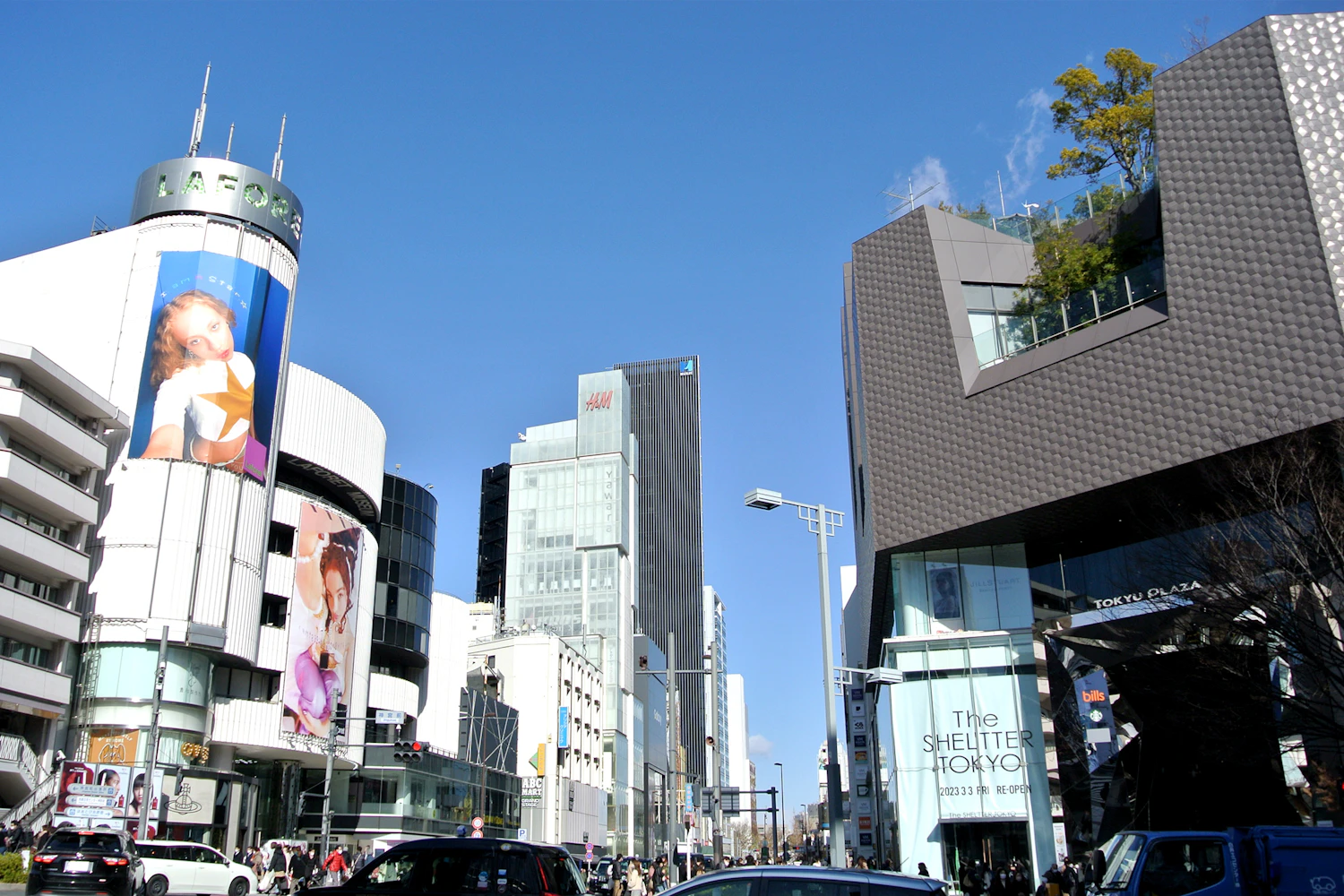12.19FRI
A Harajuku-Born CPH Designer Talks About the Ever-Changing Harajuku

We spoke with Kenji Watabe, the designer of Harajuku's esteemed hat brand "CPH," which is celebrating its 24th anniversary this year, about the past and present of Harajuku and their long-lasting hat-making traditions.
Born & Raised in the Doujunkai Apartments in Omotesando During the 1970s
"In the 1970s, even in my childhood, Omotesando was already a bustling area. Being right in the heart of the city, I didn’t really understand why we lived there as a kid, but I remember that back then, many houses still didn't have baths. The Doujunkai Apartments had a shared bath on the rooftop used by about eight households in turn."There were several public baths in Harajuku back then too. For example, the Mai-sen Aoyama Main Store was originally a public bathhouse remodeled into a restaurant, so you can still feel the remnants of the bathhouse in its interior. I attended Togo Kindergarten next to Togo Shrine and used to catch crayfish there. Even now, there's still some nature left in that area. At that time, there was no Laforet Harajuku, and instead, there was a church in its place. Those are my memories of the past."
This article is for members only.
Please register to read the rest of the article.
What you can do with a membership
- Read members-only articles
and use text-to-speech. - Unlimited article favourites
and browsing history. - Attend members-only events.
- Get the latest information
with our email newsletter.
RELATED ARTICLES
CONCEPT VIDEO
"fashion tech news" Unveils New Logo & Concept Video
CONTACT
If you have any questions or enquiries, please enter your details in the form below.







![[No.3]Living National Treasure Akihiro Maeta's Setbacks and Challenges](https://images.microcms-assets.io/assets/1775a3633c8b428d9f011c6a758a8a5c/3cb62d72ed254ff29b04d6e6226bee04/OGP3.JPG?w=400&fm=webp)



![[No.2]Living National Treasure Akihiro Maeta's Encounter with White Porcelain and His Resolve as a Ceramic Artist](https://images.microcms-assets.io/assets/1775a3633c8b428d9f011c6a758a8a5c/a45e84eacef04bbca524a4ca874600e9/OGP2.JPG?w=400&fm=webp)





.png?w=400&fm=webp)



